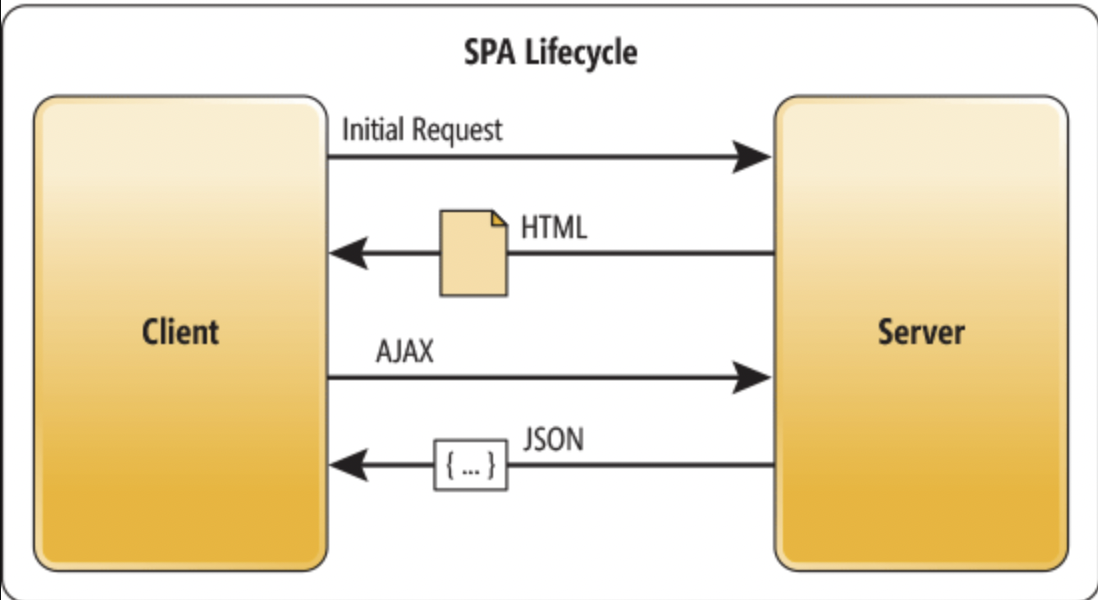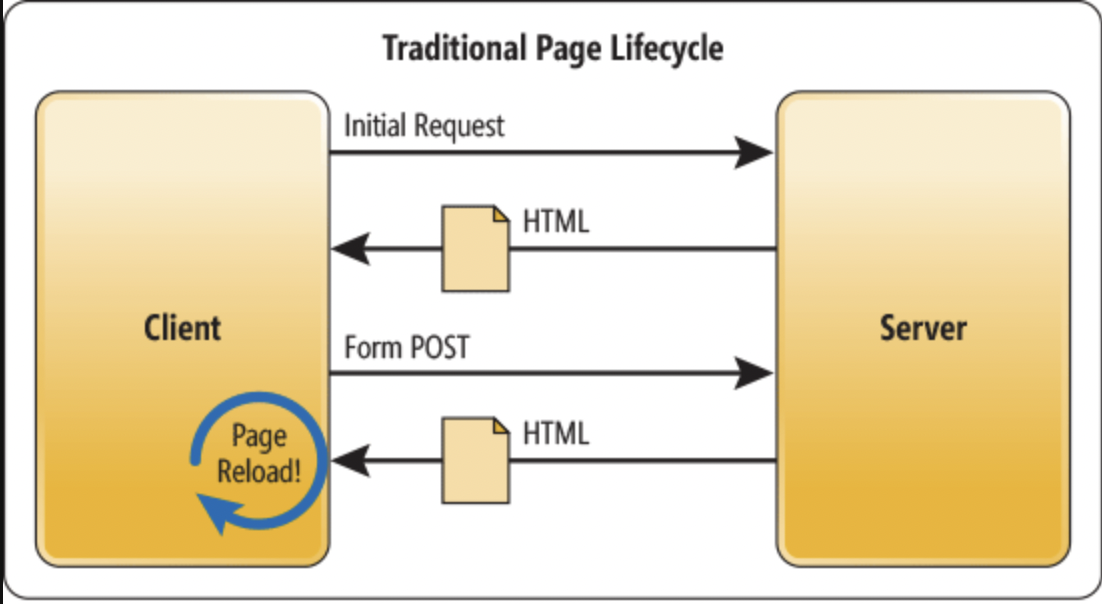To ensure your web app runs without any unwelcome interactions, it has to be supported by the right technology to wrrant high performance and speed. There are two ways to develop web apps : (1) single-page applications and (2) multi-page applications.
What is the main DIFFERENCE ?
A single-page application is a more modern approach to app development. it was used by Google, Facebook, Twitter, etc. A single-page applications is an app that works inside a browser and does not require page reloading during use.

On the other hand, a multi-page applications is considered a more classical approach to app development. The multi-page design pattern requires a page reload every time the content changes. It's a preferred option for large companies with extensive product portfolios, such as e-commerce businesses.

What is the main BENEFITS AND DRAWBACKS of the SPA and MPA?
- Speed
SPA's load faster as it loads the majority of app resources just once. The page doesn't reload entirely whenever the user requests a new piece of data.
MPA is slower as the browser must reload the entire pages from scratch whenever the user wants to access new data or moves to a different part of the websites.
The optimal loading time for a website is 0.4 seconds. If your website or app is image-heavy,then choosing a SPA is a safer option.
- Coupling
SPA is strongly decoupled, meaning that front-end and back-end are separate. Single-page applications use APIs developed by server-side developers to read and display data.
In MPA’s, front-end and back-end are more interdependent. All coding is usually housed under one project.
- Search Engine Optimazation (Weakness of SPA)
Most SPAs are run on JavaScript, which most search engines do not support. Web pages are indexed through "crawling" or "spidering". Search engine crawlers download the page's HTML files which makes static HTML web-pages are easier to rank.
MPA enables better website positioning, as each page can be optimized for a different keyword. Also, meta tags can be included on everypage - this positively impacts Google rankings.
- JavaScript dependency (Weakness of SPA)
SPA lives and breathes JavaScript, which can be problematic. More search engines started to support JavaScript but with varying results. The level of support highly depends on the JS framework used. If the app is run on a browser with disabled JavaScript, it can cause app functionality problems, which might result in higher bounce rates and lower conversion. JavaScript reliance also contributes to its problems with SEO optimization and security issues.
MPA’s can be built without any JavaScript dependency.
- Develpment process
One of the greatest advantages of SPA’s is the reusable backend code. If you’re thinking reusable code equals less work, then you’re right. You can apply the same code you used in your web app to your native mobile app. It’s an important piece of information, as applications and websites are frequently used on mobile devices – which is no surprise since most of us are constantly on the run.
Thanks to the clear division between the front-end and back-end, both parts can be developed simultaneously, which speeds up the entire development process.
MPA’s take longer to develop as in most cases, the server-side has to be coded from the beginning.
- Security
This probably won’t come as a surprise to you, but the larger the website, the more effort it takes to secure it – think multi-page applications. If you go for an MPA, then you’ll have to secure every webpage. In a SPA, all you have to do to keep your page safe is to secure data endpoints faster but not necessarily safer. SPA’s are more prone to * hacker attacks, as they run on JavaScript, which doesn’t perform code compilation making it more vulnerable to *malware.
* malware is intrusive software that is designed to damage and destroy computers and comuter systems. (it is a contraction for "malicious software")
** e.g. XSS(Cross Side Rendering) attack
Conclusion
None of the architectures discussed above is flawless – they both have pros and cons. SPA wins in terms of speed and code reusability, which can be applied to develop your mobile app, but it has deficiencies in SEO. Using an MPA will help you rank higher in Google and is more scalable but much slower than SPA’s.
While deciding which option to go for, you should always have your business goals in mind along with your requirements. SPA’s are better used in social networking applications, SaaS platforms – anywhere where SEO rankings aren’t a deal-breaker.
MPA’s are best used in e-commerce apps, business catalogues, and marketplaces. If you’re a large company that offers a wide variety of products, then an MPA is the best choice for you.

Great post! If you're looking for more insights on the differences between SPAs and MPAs, you might find this article helpful: https://www.cleveroad.com/blog/single-page-application-vs-multi-page-application/. It dives deeper into the pros and cons, helping you choose the best approach for your project.